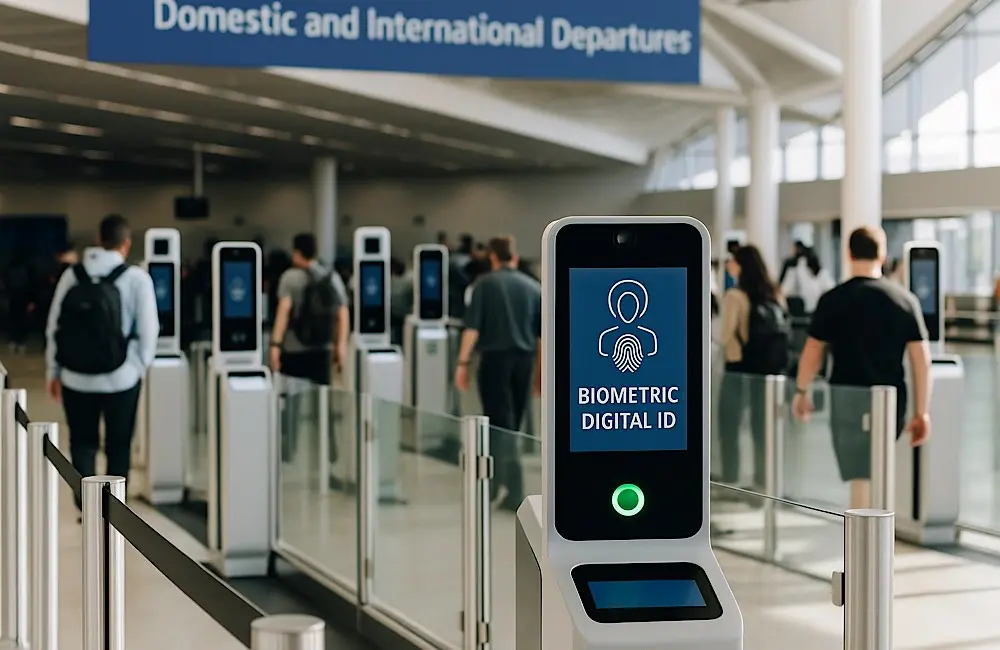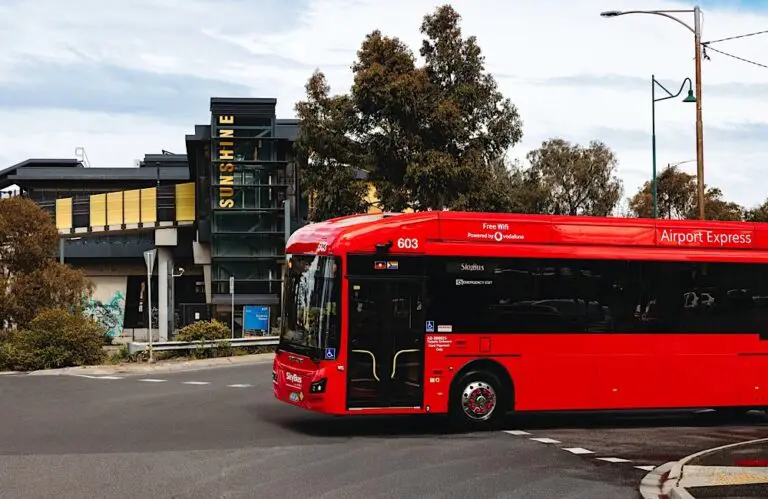Biometric digital ID is poised to remove the long-standing need for separate terminals for domestic and international departures, saving airports millions, cutting emissions and improving passenger experience, according to a new IATA study.
The report, developed with engineering firm AtkinsRéalis, found that biometric
technology now allows airports to segregate passengers virtually, eliminating the need for duplicate infrastructure and physical barriers. The model, known as the Domestic and International Passenger Integration Program (DIPIP), presents a roadmap for adoption within existing regulations.
How digital ID removes the need for separate terminals
Airports have long separated international and domestic departures due to regulatory and technology limits. IATA’s Senior Vice President for Operations, Safety and Security, Nick Careen, said those constraints no longer apply. He said digital ID powered by biometrics “can achieve the needed segregation without creating physically separated flows with duplicated facilities,” cutting costs while maintaining security and border control standards.
IATA’s modelling shows that combining departure flows could reduce minimum connection times by nearly 20%, freeing capacity within existing terminal footprints and easing congestion in peak hours. That flexibility would allow airports, airlines and handlers to shift resources across mixed-use spaces as demand fluctuates.
How much could airports save and how does it help travellers?
The savings are significant. A medium-sized airport handling 10 million passengers could save up to AUD125 million in future capital expenditure and reduce annual emissions by 18,000 tonnes, roughly 4,000 cars off the road.

Removing duplicate facilities and shared utilities could also cut airport staff costs by 11%, while one ground handling company estimated an annual saving of around AUD8 million at a major hub.
Careen said, “The case for change is clear. Managing departing passengers with digital ID instead of physical barriers delivers efficiency, emission reductions, and a smoother experience for travellers.”
For travellers, fewer terminal transfers and reduced congestion would mean shorter walking distances, faster processing and more reliable connection times. By optimising existing space, terminals could accommodate growth without major construction, allowing airports to direct investment toward passenger technology and service improvements instead.
What it means for Australian airports
For Australia, the model could support long-term infrastructure planning. Sydney, Brisbane and Melbourne airports each manage complex domestic–international transitions under current separation rules. A move to biometric integration could enable more flexible use of shared gates, streamline transfer processes and reduce reliance on costly expansion.
It would also align with the Australian Government’s Digital Identity program, which is progressing toward broader use in travel and border control or biometric technology.
What are the regulatory barriers?
Careen said collaboration is critical.
DIPIP outlines three stages of adoption: Baseline, Integrated and End-State. Early steps, such as shared terminal areas and biometric identity verification, can occur within current frameworks if airports, airlines and border authorities coordinate closely.
“Airports, airlines and governments each have a role to play,” he said.
By working together within existing frameworks and progressively modernising them we can deliver seamless, secure and efficient travel for passengers.”
The End-State scenario envisions passengers completing identity and travel checks remotely before arrival, creating a continuous secure flow from home to gate.

Gareth Vest, UK&I Aviation Market Director at AtkinsRéalis, said the study highlights how “digital identity and biometrics can play a significant role in improving passenger experience and creating substantial cost savings across the aviation sector.”
Why integration matters now
With international recovery accelerating and domestic demand stabilising, many airports face infrastructure pressure but limited expansion options. Integrated departure flows could unlock new throughput without construction, offering an immediate efficiency lever.
For airlines, shorter connection times could improve schedule resilience and aircraft utilisation, while ground handlers gain flexibility in staff deployment across combined facilities.
The shift would also support sustainability metrics. Consolidating terminal operations reduces energy consumption, while fewer construction projects lower embodied carbon, an emerging reporting focus for airports globally.
As Careen noted, the economics are persuasive.
“The savings quickly add up,” he said.
The efficiencies, coupled with regulatory feasibility, make integration a near-term opportunity for airports seeking both cost control and climate alignment.
KARRYON UNPACKS: Biometric integration turns airports into adaptable systems built for growth without construction. For Australia, it means scalable capacity and greener operations through coordinated policy and technology.





